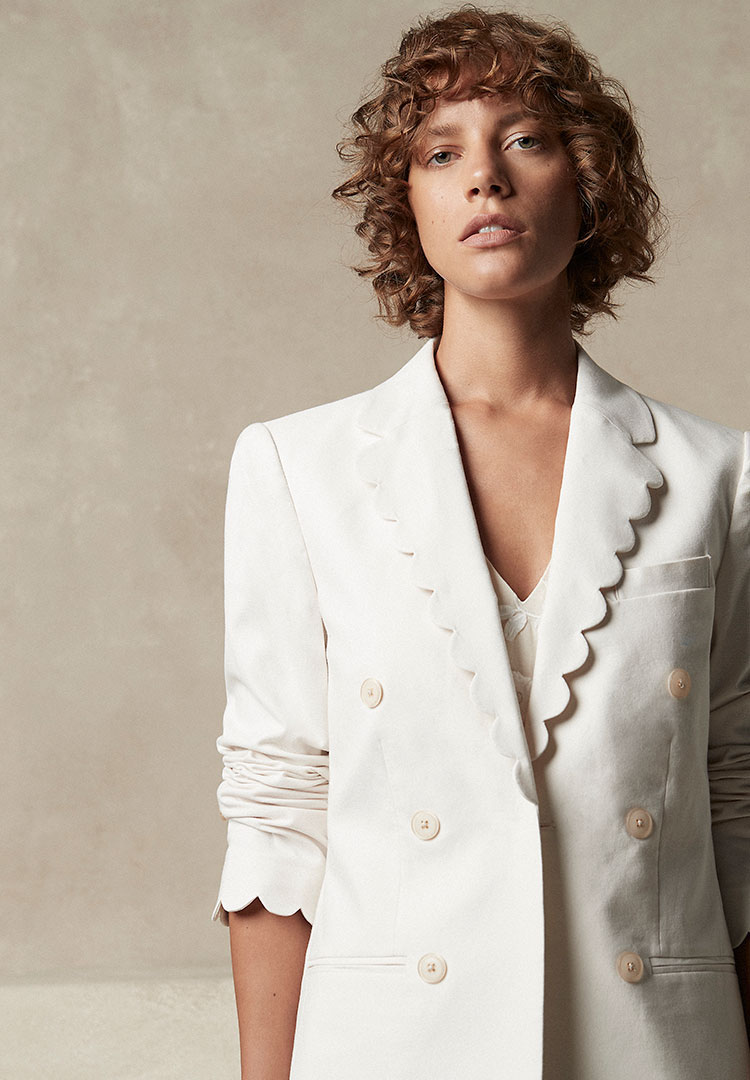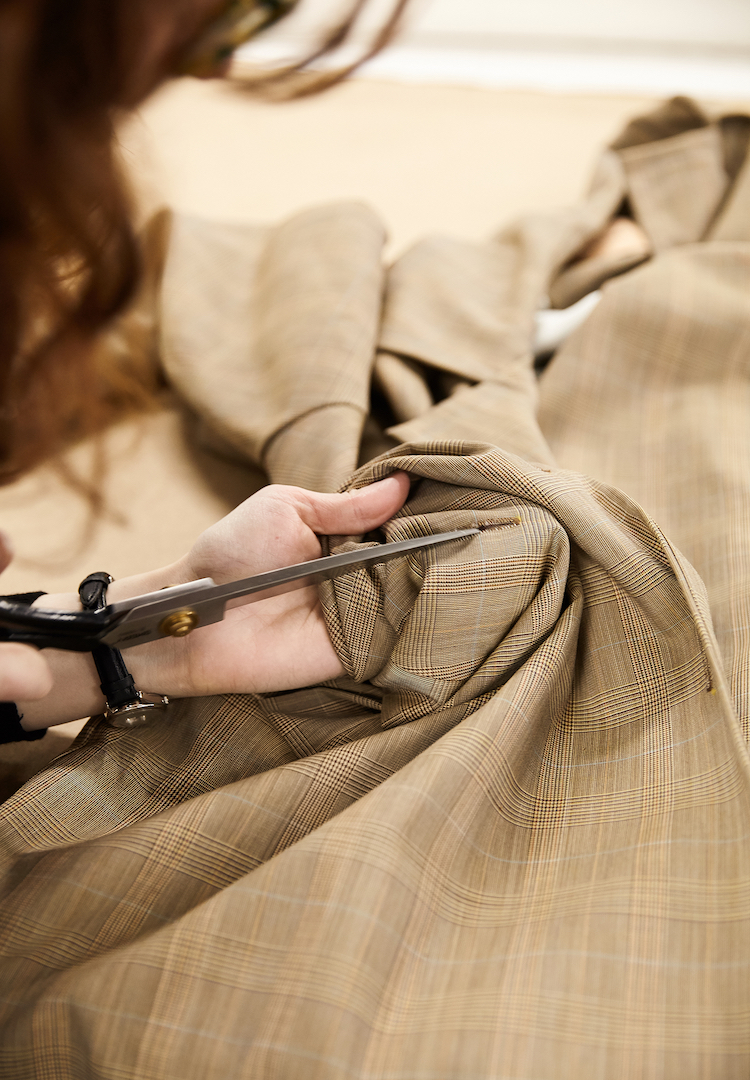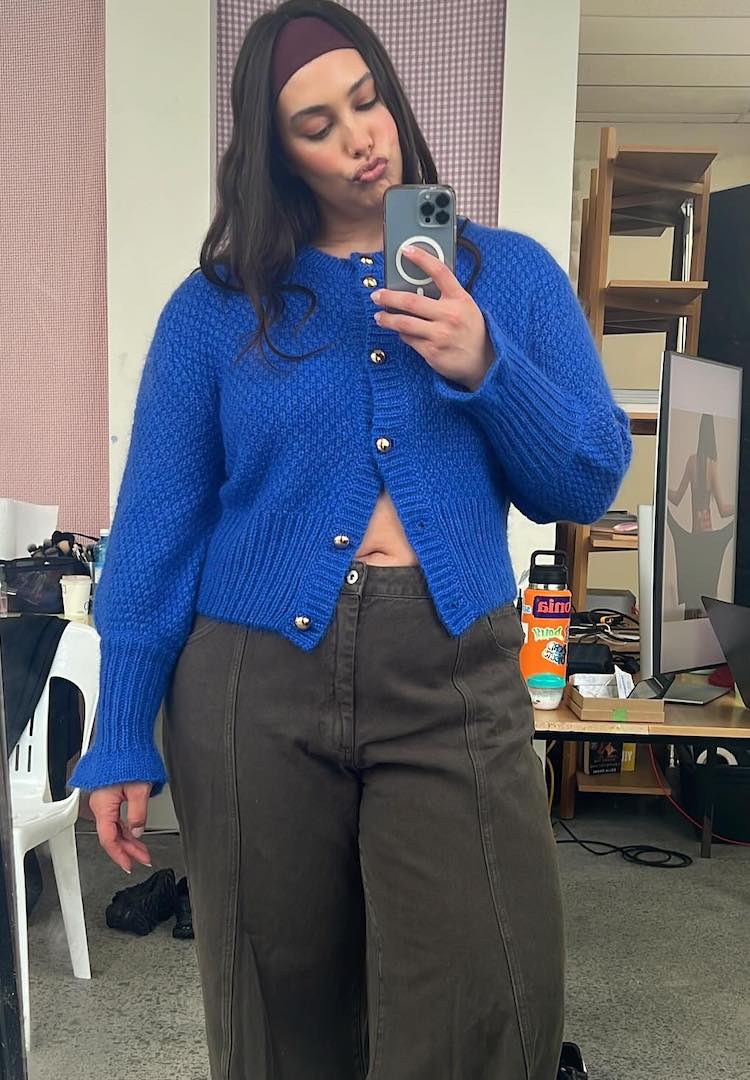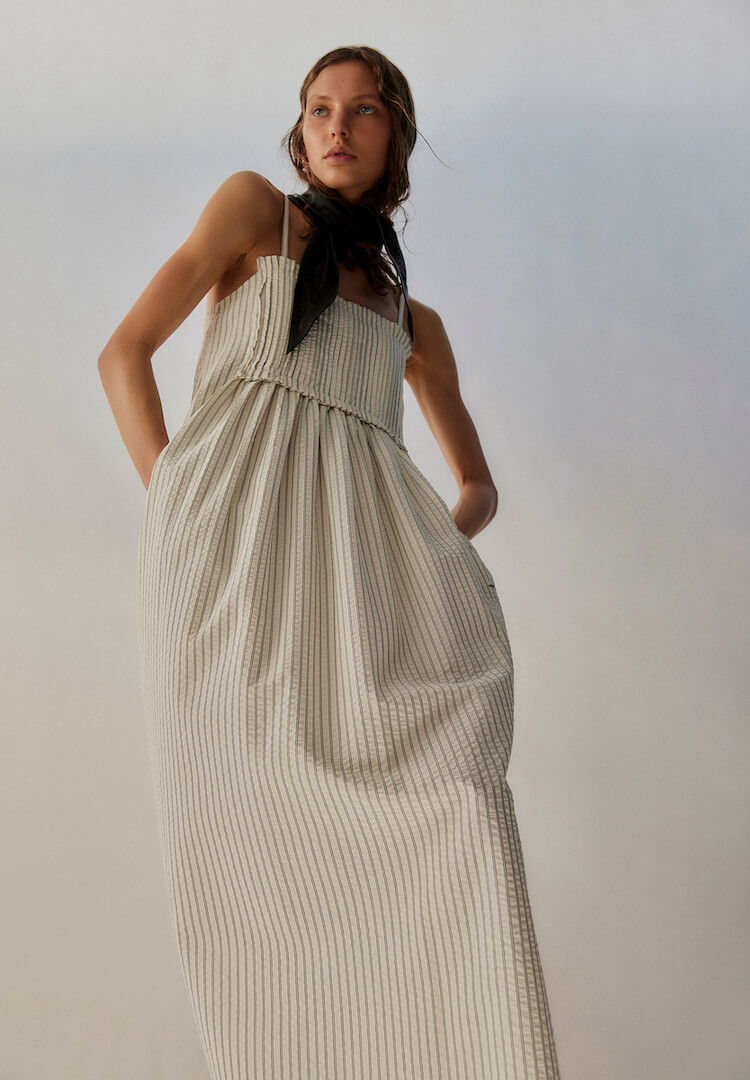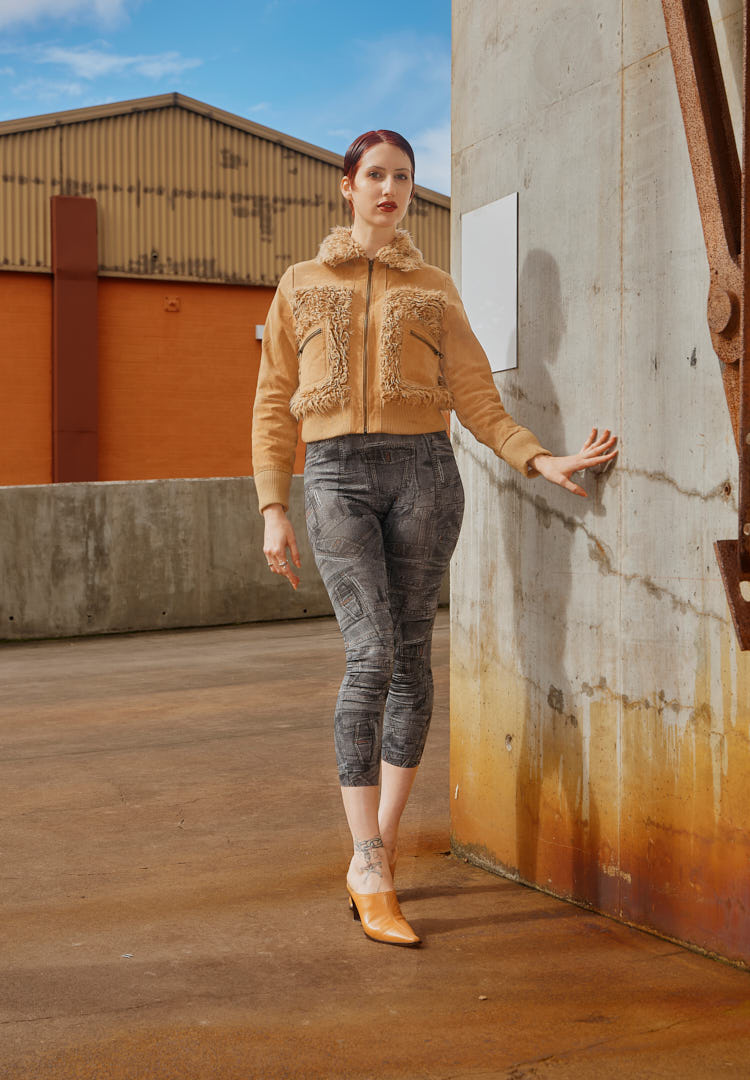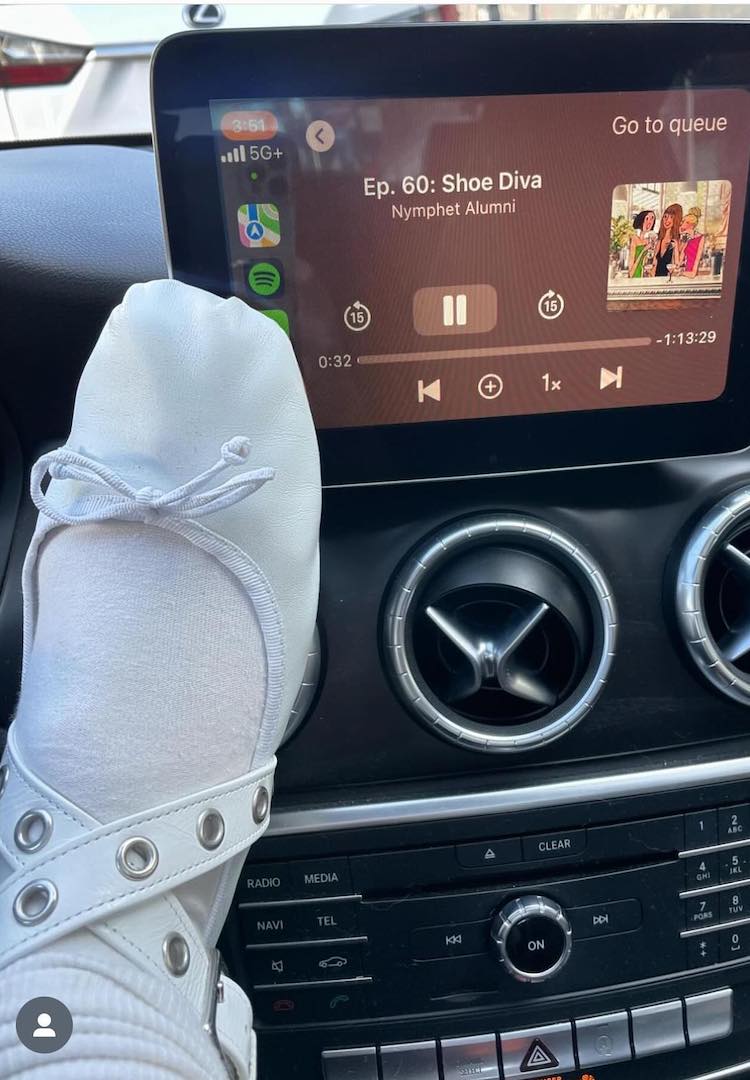A survey by the Australian Fashion Council has revealed the impact of COVID-19 on local businesses
Images via Well Made Clothes
Words by Ella Bazzani-Hockley
And businesses are already thinking about fashion’s post-COVID possibilities.
It’s no secret that the fashion and retail industries have been hard hit by self-isolation rules and widespread COVID-19 closures.
The Australian Fashion Council (AFC), in a bid to measure the impact, recently asked CEOs and business owners across the fashion sector to provide details of their experiences.
The AFC surveyed a total of 182 organisations about their experiences, and while the results seem pretty bleak, there are some silver linings.
A renewed focus on Australian-made-and-owned brands, a pivot to sustainability and a rethinking of traditional business models could open the sector up to a world of post-COVID possibilities.
The stats
Unsurprisingly, up to 80 per cent of companies surveyed said they had been ‘negatively’ impacted by the pandemic. The worst-hit companies reported, on average, a 56 per cent drop in online sales, and an 86 per cent drop in in-store consumer sales.
Logically, the maintenance of retail spaces is in serious jeopardy. Up to 75 per cent of businesses reported they are struggling to cover related costs, such as lease obligations and the cost of casual employees and contractors.
Sadly, 26 per cent of companies reported letting employees go, 25 per cent reported standing staff down temporarily, and 22 per cent reported enacting forced leave.
On an often underreported note, the excess stock associated with missed sales opportunities and stagnant demand has meant that 84 per cent of companies were having issues resolving what to do with their stock. Cancellations of orders have also had huge repercussions globally, particularly impacting vulnerable garment workers.
And the looming recession doesn’t exactly mean there’s good news on the other side, either. Only 34 per cent of the sector is confident they can rebound, and 54 per cent believe it will take longer than a year to fully recover. Businesses are asking for financial assistance from the Government sooner rather than later.
The sector is also prioritising locally-made and -sourced projects, and looking for new ways to collaborate across the fashion industry. But at the time of the survey, around 75 per cent of respondents planned to access Government financial support, through JobKeeper programs and other initiatives.
What next?
In the process of adapting and overcoming the challenges presented by COVID-19, 45 per cent of survey respondents said they were creating new ways to digitally market their products and expand their digital channels, creating new opportunities for the future. We have seen the results of this almost instantly, as brands have pivoted to new digital models.
Brands have taken to shooting campaigns through selfies, and magazines are shooting fashion editorials via FaceTime and screenshots. Respondents also spoke of a new desire to cultivate demand for Australian-designed and made fashion, as seen with the We Wear Australia initiative. It’s a huge plus for those within the industry and could have really positive, far-reaching impacts on the sector going forward.
All things considered, it seems the fashion industry is in a pretty bad state. But as creatives rethink their approaches to consumer demands, sustainability, e-commerce and their domestic supply chains, we think there could still be a few positives to come out of this crisis.

